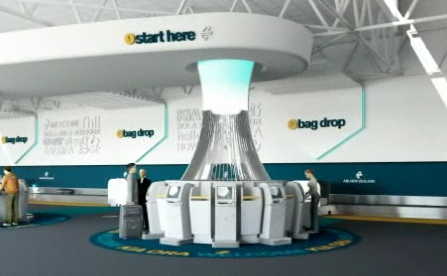
Last Christmas I took an Air New Zealand flight from Auckland to Queenstown, and I have to say: it was the best check-in experience I’ve ever had.
Once I arrived at the terminal, I was quite impressed by how simple the process was. I basically had to follow two big signs on the concourse:
1. Start here (this sign was just above the self service kiosks)
2. Bag drop (this sign was just above a conveyor belt)
I got so excited about the whole thing that I had to take a few pictures while Jane, my girlfriend, was dealing with the check-in:
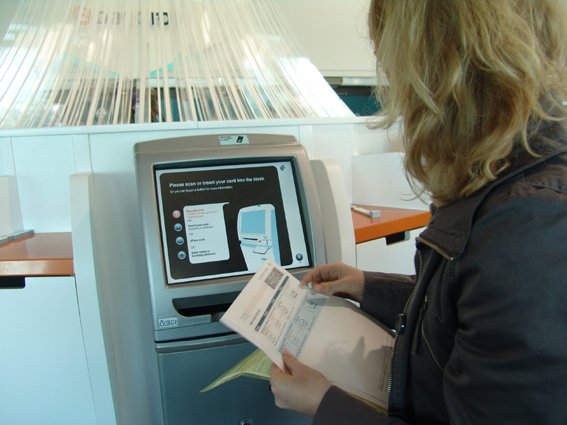
Scanning our e-ticket
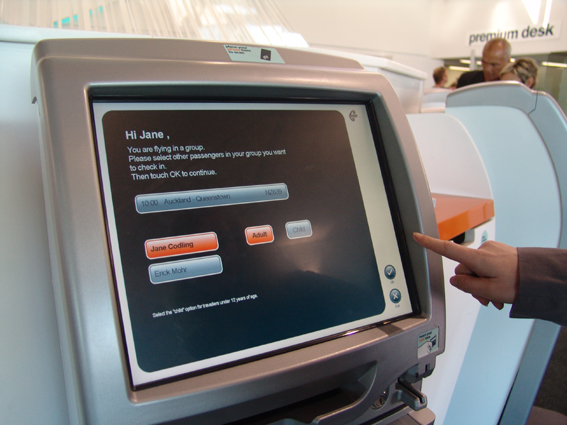
Selecting the passengers
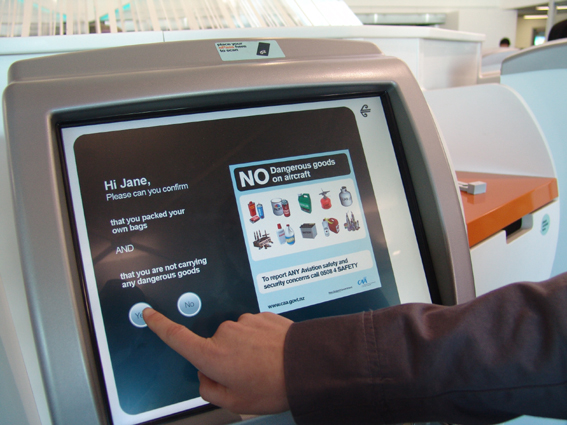
Answering the security questions
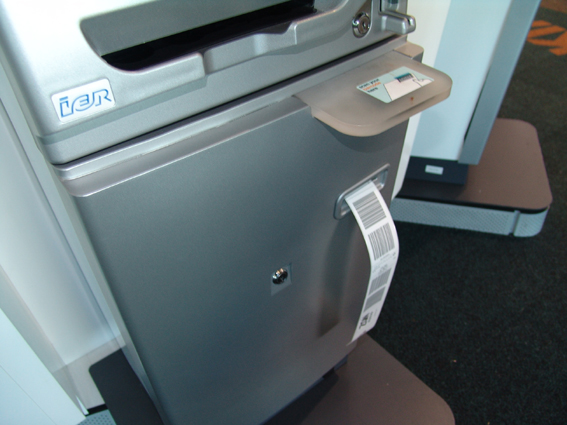
Printing the luggage tags
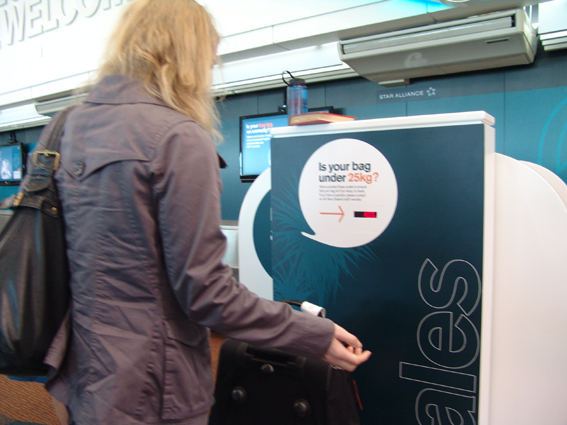
Weighing your bag and attaching luggage tags
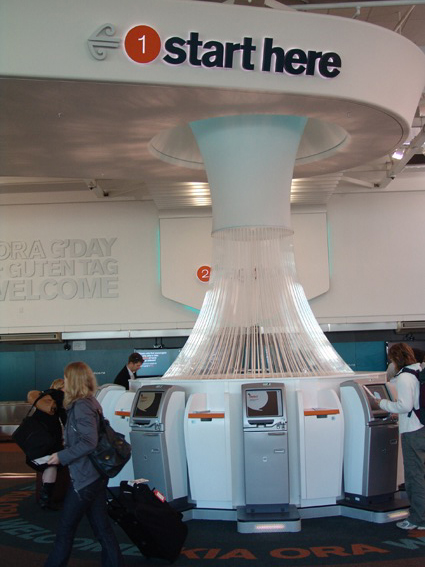
Going to step 2: luggage drop-off
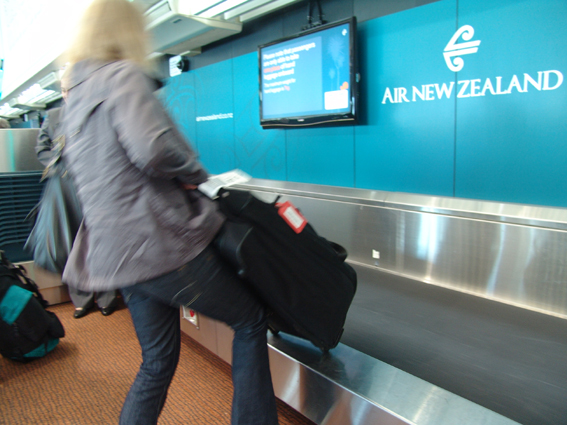
Job done!
The whole thing didn’t take more than 5 min!
Mpass: using your phone as a boarding pass
Air New Zealand is also rolling out self-service scanners at the boarding gates: you can either use your boarding pass or an mPass – a service that allows you to download your boarding passes for Air New Zealand flights onto your mobile phone. It generates a bar code that you can then scan at the kiosks to check-in or at the gates to board.
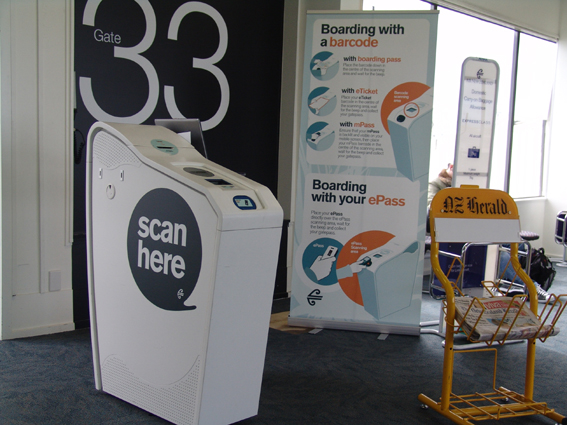
Scanning kiosks at the boarding gate
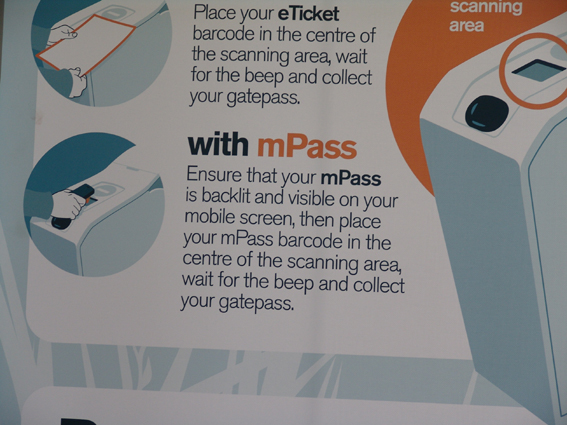
mPass: using your phone as a boarding pass
At Engine, we designed a similar concept for Virgin Atlantic, and the results were quite impressive. Check-in times were reduced by 50%, and passenger satisfaction increased substantially.
The great thing about this check-in is that it takes staff from behind the counter, enabling them to roam the concourse to help passengers. It’s a win-win situation: the airline has a much more efficient process, enabling staff to deal with problems that really matter (passengers with excess luggage or delayed flights), and passengers can go through a hassle-free check-in. Great example of how service design can bring value to both users and providers.
More info on Air New Zealand’s new check in here
